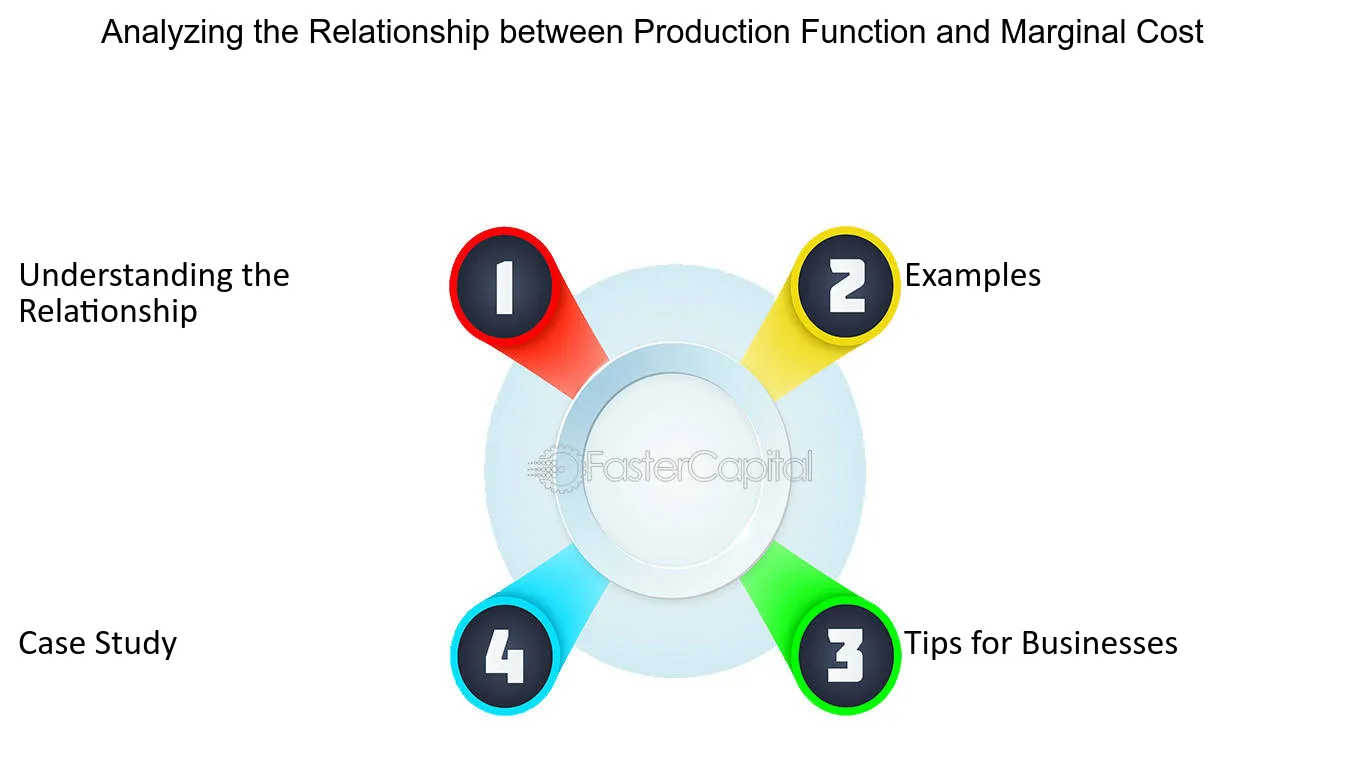
What is the Brook Taube Wells Notice?
The Brook Taube Wells Notice is a significant legal document utilized primarily within the financial and regulatory sectors. Originating from the need for transparency and accountability, this notice serves to inform relevant parties about specified actions related to assets, debts, or legal agreements. In essence, it acts as a formal communication tool ensuring that individuals or entities are made aware of pertinent developments that may affect their legal standing or financial position.
At its core, the Brook Taube Wells Notice functions to facilitate the disclosure of critical information, allowing stakeholders to make informed decisions. It is particularly relevant when issues arise concerning disclosure violations or potential misrepresentations in financial statements. By issuing this notice, regulators aim to uphold the integrity of financial reporting and protect the interests of investors and the public. The notice is often a precursor to further legal proceedings and serves to alert individuals about the requirements they must address to rectify any discrepancies.
The legal framework surrounding Brook Taube Wells Notices involves various regulatory bodies, each with specific guidelines that dictate the issuance and management of these notices. These agencies are tasked with ensuring compliance with laws and regulations that govern financial transactions and corporate behavior. The framework provides a structured process through which notices are crafted, which helps in standardizing expectations and obligations of the parties involved.
In conclusion, the Brook Taube Wells Notice plays a critical role in the landscape of financial regulation, providing necessary notifications regarding compliance and legal obligations. Understanding its purpose and significance is essential for individuals and organizations navigating the complex world of financial regulations and legal responsibilities.
Importance of the Brook Taube Wells Notice
The Brook Taube Wells Notice holds significant importance across various sectors, particularly in the realms of investment and legal proceedings. This notice, which is typically issued by regulatory authorities, serves as a critical tool for ensuring transparency and compliance among businesses and their stakeholders. Investors, creditors, and companies alike must be aware of the ramifications associated with such a notice, as it can profoundly affect their decisions and operational strategies.
For investors, the Brook Taube Wells Notice acts as a red flag indicating potential issues within a company. When issued, it alerts stakeholders to possible violations or irregularities that could impact the company’s financial health. For instance, if a notice is filed during an ongoing investigation, investors may reconsider their stakes, anticipating shifts in the market response or legal outcomes that could affect stock prices. As such, the notice enables investors to make more informed decisions, minimizing their risk exposure.
Creditors are also significantly impacted by the implications of a Brook Taube Wells Notice. This notice can lead to a reassessment of creditworthiness, compelling lenders to alter lines of credit or impose stricter lending conditions. In instances where a business faces legal scrutiny, creditors may foresee potential payment delays or defaults, prompting them to take preemptive action to safeguard their interests.
Additionally, businesses must view the Brook Taube Wells Notice with utmost seriousness. Its issuance can catalyze urgent compliance measures and internal audits, reinforcing the need for accountability. Companies that actively address the issues raised by such notices demonstrate a commitment to ethical practices and transparency, which can, in turn, rebuild trust with investors and partners. Therefore, understanding the implications of the Brook Taube Wells Notice is vital for all stakeholders involved, ensuring that they navigate the complexities of investment and legal landscapes effectively.
How to Respond to a Brook Taube Wells Notice
Receiving a Brook Taube Wells Notice can be a daunting experience for individuals and businesses alike. It is critical to approach this situation with a clear understanding of the necessary steps to effectively respond. The first step upon receipt of the notice is to carefully review the document. Make sure to read it thoroughly to understand the allegations being made, the regulatory issues presented, and any deadlines for response. Pay particular attention to the specific requests or actions outlined within the notice.

Once you have comprehended the details of the Brook Taube Wells Notice, it is advisable to engage a legal professional who specializes in securities law. An attorney can provide valuable insights into the implications of the notice and assist in formulating an appropriate response. They can help you interpret the language used and advise on the best course of action, whether that entails gathering documents, preparing statements, or negotiating with regulators.
In formulating your response, consider whether the allegations can be contested. If you believe the claims in the notice are unjustified, your attorney can help outline a strategy to challenge them. On the other hand, if there is merit to the notice, it may be more beneficial to cooperate fully with the authorities. This could involve taking corrective actions or making disclosures as recommended. Failure to comply with the instructions given in a Brook Taube Wells Notice could lead to significant consequences, including enforcement actions or penalties.
Finally, prepare for potential negotiations with the regulators. Your legal counsel can assist in crafting persuasive arguments and negotiating terms that may mitigate adverse outcomes. Establishing a cooperative relationship can be beneficial to resolving the matter efficiently. Addressing a Brook Taube Wells Notice properly can greatly influence its outcome, making it essential to take the matter seriously and respond diligently.
Case Studies: Brook Taube Wells Notice in Action
The Brook Taube Wells Notice serves as a crucial tool in various legal and financial contexts, with several case studies demonstrating its significant impact. One notable example involves a small tech startup that faced funding challenges due to a dispute with an early investor. The investor alleged mismanagement of funds, which jeopardized the company’s future. Upon receiving a Brook Taube Wells Notice, the startup quickly took the necessary corrective actions, addressing financial discrepancies and enhancing transparency. Ultimately, the situation improved, leading to renewed investor confidence and additional funding, showcasing the potential of the notice to facilitate resolutions.
Another case study involves a real estate development firm embroiled in a legal battle over property rights. The firm received a Brook Taube Wells Notice outlining regulatory compliance issues. By responding promptly to the notice and engaging with regulators, the firm was able to amend its project plans, thus aligning with regulatory expectations. This proactive approach not only resulted in the successful continuation of the development project but also established the firm’s commitment to adhering to legal standards. The case highlights how addressing a Brook Taube Wells Notice effectively can save a project from derailment.
A further illustration is seen in the financial services sector, where a major bank faced penalties stemming from compliance failures. The Brook Taube Wells Notice issued by regulators prompted the bank to implement extensive changes to its compliance program. This included enhanced staff training, the adoption of new technologies for tracking transactions, and a commitment to ongoing audits. As a result, the bank not only mitigated potential fines but also rebuilt its reputation, demonstrating the notice’s role in fostering institutional accountability.
These case studies exemplify the Brook Taube Wells Notice as a pivotal element that, when addressed effectively, can lead to positive outcomes. They emphasize the value of swift action and compliance in mitigating risks, thereby offering practical insights for organizations that may encounter similar challenges.
May Be You Also Read

